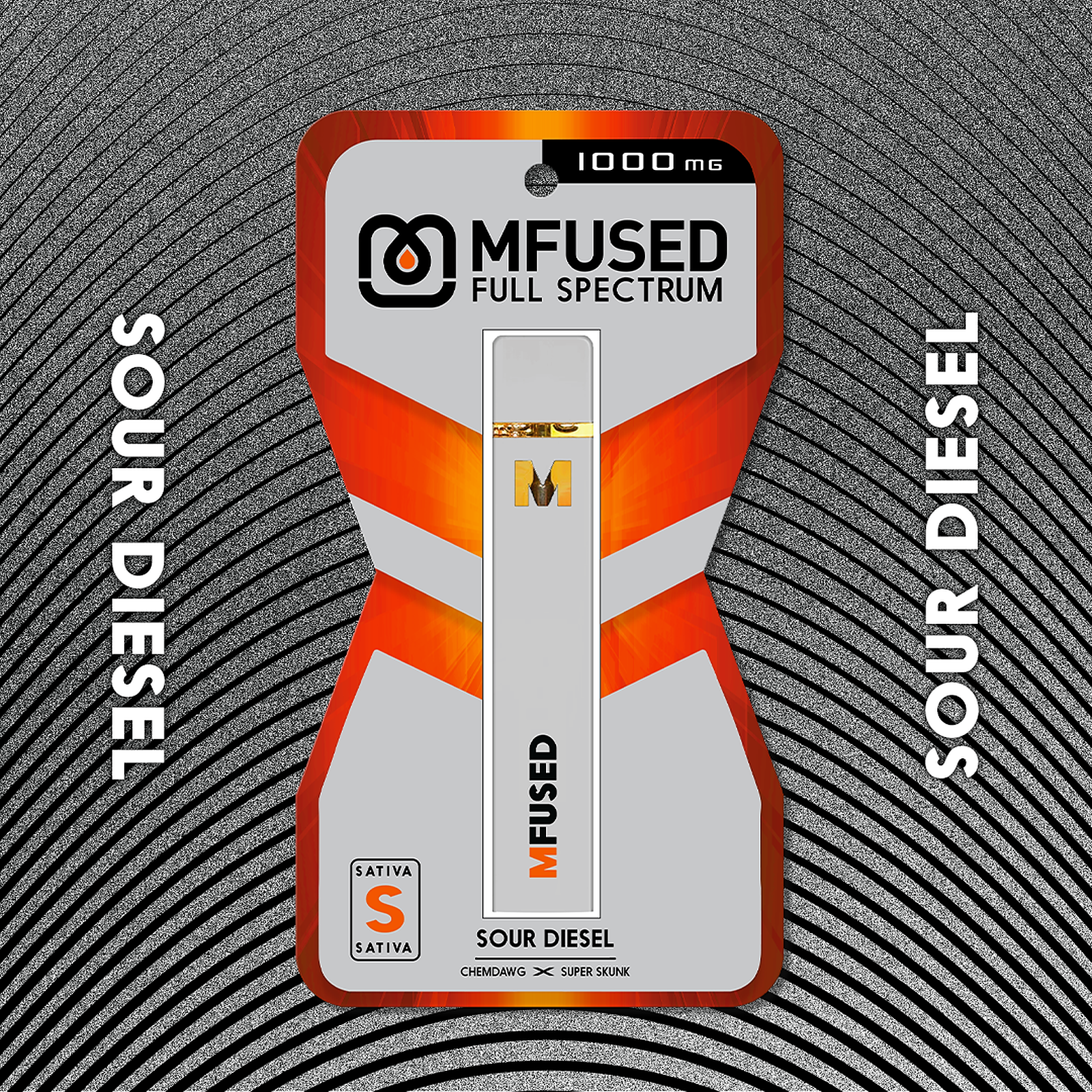Terpenes 101- Humulene
by Rachel Hantula, Customer Experience Director
Hops, which contain humulene
AAaaaaaand we’re back!
Next up for Terpenes 101 series is Humulene.
Check out our previous iterations-
Limonene, Myrcene, Caryophyllene, Linalool & Pinene
Remember, there are around 20,000 different terpenes that have been identified in nature. Over 200 of these can be found specifically in cannabis. Of these 200, very few are found in amounts significant enough to meaningfully contribute to any specific cannabis cultivar’s aromas or overall effects upon consumption. All terpenes originating from cannabis, including humulene, are formed within the glandular trichomes on the exterior of cannabis flowers and associated leaves.
Closeup shot of trichomes coating the exterior of cannabis flower
We have previously done a Terpenes 101 series focusing on the terpene caryophyllene. Humulene, our focus this week, is similar in that they actually have the exact same chemical formula. Each molecule of humulene has the exact same kind and number of atoms as a molecule of caryophyllene. The two differ in the way these atoms are structured and formed together.
In chemistry, form fits function, so while caryophyllene and humulene are composed of the exact same elements, they will produce markedly different effects in the human body due to their differing molecular structures. For this reason, caryophyllene is able to bind directly to our endocannabinoid receptors, whereas humulene is not. Humulene interacts with our endocannabinoid system more indirectly. Many plants containing caryophyllene also contain humulene; they often coexist in a plant’s overall terpene profile.
Panama Red by Raven Grass contains concentrations of both caryophyllene and humulene
Humulene is found in many plants, herbs and flowers, not just cannabis. Humulene contributes noticeably to the overall aromatic profile of cannabis in general, much like myrcene and pinene although typically occurring in smaller quantities than their other terpene siblings. Humulene is often found in low volumes in the strains it is present in. A high amount of humulene in cannabis flower is about 0.5%, whereas most major terpenes are considered significant when they reach 1% or greater. In concentrates and cartridges, humulene content can sometimes exceed 1.5%, and in edibles, humulene can have nearly 2% volume by weight. Overall, though, humulene is typically second fiddle in most terpene profiles.
Many craft beers contain hops- concentrated in humulene
Most notably, humulene is found in hops, a member of the Cannabaceae family (much like cannabis). Humulene provides a distinct bitter “hoppy” taste and reminds some folks of their favorite craft beer. Humulene can also provide spicy, herbaceous and floral-like aromas.
But there’s more to humulene than its herbaceous charm. This terpene is found in a wide variety of plants and has been used for centuries in holistic Eastern medicinal practices. For example, humulene has a well-established history in Chinese medicine and is used as an anti-inflammatory, analgesic and antibacterial agent. This is why many strains containing significant concentrations of humulene have been reported to be relieving, relaxing and therapeutic in nature.
Humulene’s clinical effects are less understood than more major terpenes like myrcene or beta caryophyllene. However, anecdotal evidence suggests it could offer relief from insomnia, depression, anxiety and digestive discomfort. Remember: the effects of terpenes do not occur in a vacuum. They are influenced by the other compounds and what proportions they are present in. This process, called the “entourage effect,” is one of many concepts that researchers are learning more about each day.
Endocannabinoid receptors in the body
SO! Let’s explore some well known strains and their commonly associated terpene profiles, all containing varying dominances of humulene.
White Widow
Primary terpenes present: humulene, alpha-pinene, terpineol
Secondary terpenes present: limonene, beta-caryophyllene, terpinolene
Crossed with two potent landrace strains, Brazilian and Indian sativa, White Widow first showed up on the cannabis scene in the early 1990s. One of the most well-known Sativa strains, it gets its name from its insane trichome production. Talk about a white out! You can expect an intense head high with euphoria and cerebral effects. Creativity, productivity, and an all-around feeling of happiness have been reported by cannabis consumers.
Effects: cerebral, uplifting, productive, creativity, mood elevating, stress relieving, depression, stress, and some folks report being it beneficial when battling chronic pain
Sour Diesel
Primary terpenes present: humulene, limonene, beta-caryophyllene
Secondary terpenes present: nerolidol, myrcene, beta-pinene
Cannabis users report this strain has a fresh and fruity smell and mood-boosting cerebral effects. Sour D is perfect for daytime use, with its high concentration of the terpenes humulene, limonene, and beta-caryophyllene. These terpenes, combined with other beneficial cannabinoids, are responsible for its stress-fighting euphoric effects.
Effects: energizing, uplifting, relaxing, mood-elevating, light body relief
Sour Diesel Disposable Vape by Mfused
OG Kush
Primary terpenes present: humulene, limonene, myrcene
Secondary terpenes present: beta-caryophyllene, linalool, beta-pinene
OG Kush was first cultivated in Florida in the early ‘90s when a marijuana strain from Northern California was supposedly crossed with Chemdawg, Lemon Thai and a Hindu Kush plant from Amsterdam. The result was a hybrid with a unique terpene profile that boasts a complex aroma with notes of fuel, skunk, and spice. You can expect the classic euphoric and uplifting effects of OG Kush. The high is very cerebral, which helps increase creativity, productivity, and the ability to focus on any task at hand.
Effects: calm, relaxing, happy, social, intense body relief, relief from panic & stress
Gelato
Primary terpenes present: humulene, beta-caryphyllene, limonene
Secondary terpenes present: myrcene, linalool alpha-pinene
The offspring of Thin Mint Girl Scout Cookies and Sunset Sherbet, Gelato is a delicious cannabis strain. Known for its danky dark purple buds and tasty berry/sweet flavor and aroma, Gelato boasts strong physical effects. Cannabis users find this strain balanced, meaning you can expect to feel relaxed but not glued to your couch. Thanks to its ability to enhance productivity, consumers say this is an ideal strain for ticking boxes off your to-do list
Effects: relaxed, calm, creative, productive, inflammatory relief, relief from aches and pains, tension relief and aids in stomach relief
Gelato 41 by Canna Organix









